
Author: Maximilian Schubert, Youth in Landscapes Steering Committee
Sometimes, when nearly all conditions are in place, it takes only one action to tip the scale, to trigger action, to make the difference – and we did.
When we travelled to the workshop of the Nairobi Leadership Programme, organised by the Youth in Landscapes Initiative and GLF, did not know what to expect. We invited young Africans from all over the continent with their different cultures, different expertise and different education, some of them having no background in restoration matters, some of them even leading their own projects. Despite all this diversity, they still shared one common goal: To restore Africa’s degraded landscapes. And they were motivated to take on that challenge, but were they really restoration ready?
The two-day workshop answered precisely this question. While the first day was devoted to a better understanding of sustainable landscape management and the landscape approach, the second day was centred on innovation, entrepreneurship and the role of digital media platforms to amplify a message. Each session further enabling participants to create while managing new challenges and obstacles.
When we arrived the first day at the workshop site, the World Agroforestry Centre (ICRAF), we were overwhelmed by the nature and spirit on the campus, setting the right mood for us to turn degraded landscapes into prospering green fields and forests. We immediately became witnesses of the participants’ motivation, some of the first arrived more than one hour before the start, gathering together and kick-starting discussion on their own restoration projects and involvements.
At 9 o’clock, we saw more than 60 young Africans in the room, some of them having only arrived hours before in Kenya, some of them having left their country the first time. Restoration experts welcomed us with warm stories of their past, sharing with us their own vision and motivation, inspiring us for the coming days. Later that day, Cora van Oosten, our lovely landscape expert from the Wageningen University and Centre and Learning coordinator for the Global Landscapes Forum, showed us how learning can become real fun. In interactive workshops we did not only get to know each other but also created our own framework for restoration readiness while obtaining new understanding of sustainable landscape management. To show the connections and interdependencies in landscapes and approaches to restoration, le Cora cleverly used her favourite insect, the spider to illustrate our web.
After lunch, scientists of partner organisations like UNEP and ICRAF taught us about drylands restoration, data projections in a knowledge market, and sustainable wood fuel. Here, we obtained a stronger scientific understanding of FLR and began to get comfortable with the complexities. A shopping session for knowledge allowed participant to get their landscape specific questions answered and the conversations carried long past 5 PM.
The second day started as powerful as the first one. Our innovation talks starred not only alternative ways of seeding or wood recycling methods but also one of our young professionals, Lawrence Afere, who introduced his farmers’ network SpringBoard that trains young people and establishes new farms in Nigeria. These talks gave us a glimpse of what can be possible in a time when innovation is heavily needed. Afterwards, we saw a practical example of successful restoration and sustainable forest management while enjoying the beauty of the nature itself in a short excursion to the nearby Karura Forest.
In the afternoon, many of us entered a new world of online digital media platforms and gained new techniques on how to master the space from social media guru Moses Kemibaro, who shared valuable insider knowledge with us. Simultaneously, a few individuals volunteered to join a task force to create an Action Plan to discuss aims and indicators for youth projects in the next years. This action plan was shaped by the individual commitments made by participants and grew to form a collective roadmap. For this, they gathered in a separate venue and collected ideas for guidelines and indicators for success, while the others increased their social media skills. Lastly, as restoration often happens in small scale and relies on many individuals, Pooja Munshi Digital Strategist of the GLF team completed the workshop with an important exercise on how to create our own movements.
These two days were special. This workshop created something new. It built a feeling of community and unity among the youth, a sense of a new start and hope in the young minds. In fact, we were so amazed by the potential of all these young people that many of them later introduced their projects at the Global Landscapes Forum. Africa’s greatest untapped resource might just be its young people, it said in our event description. After this workshop, I was never surer.






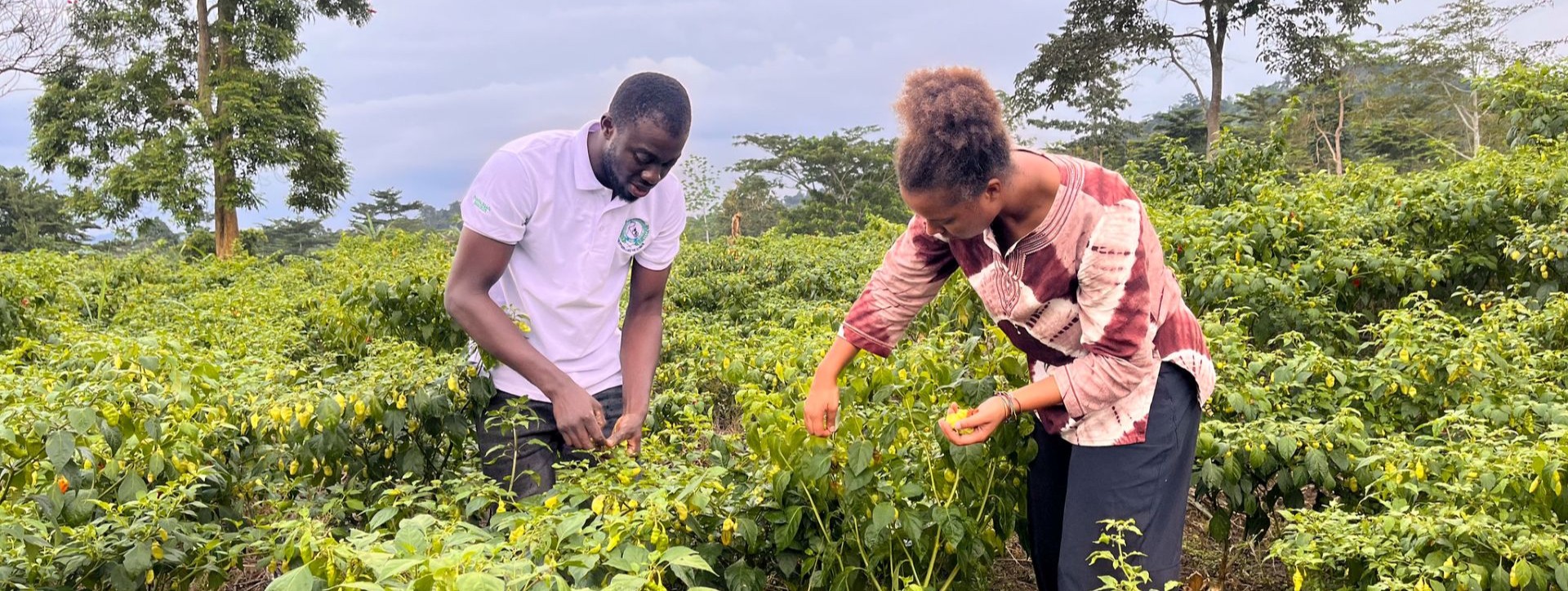
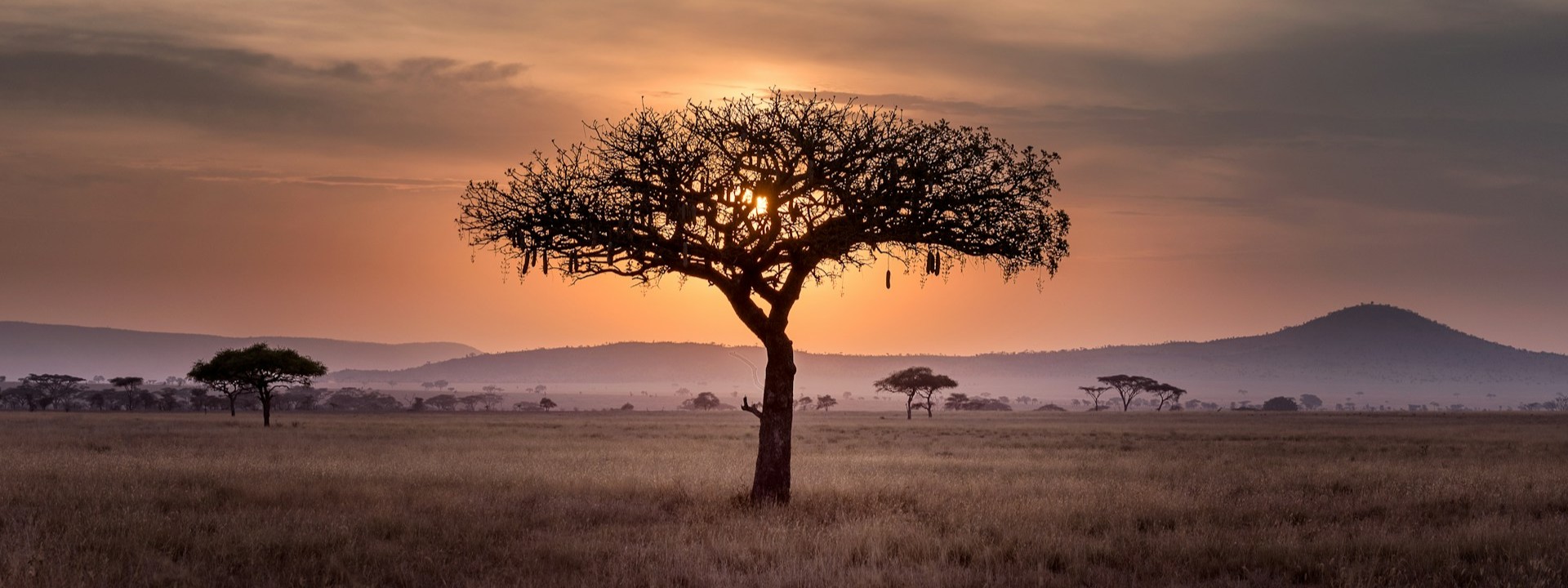
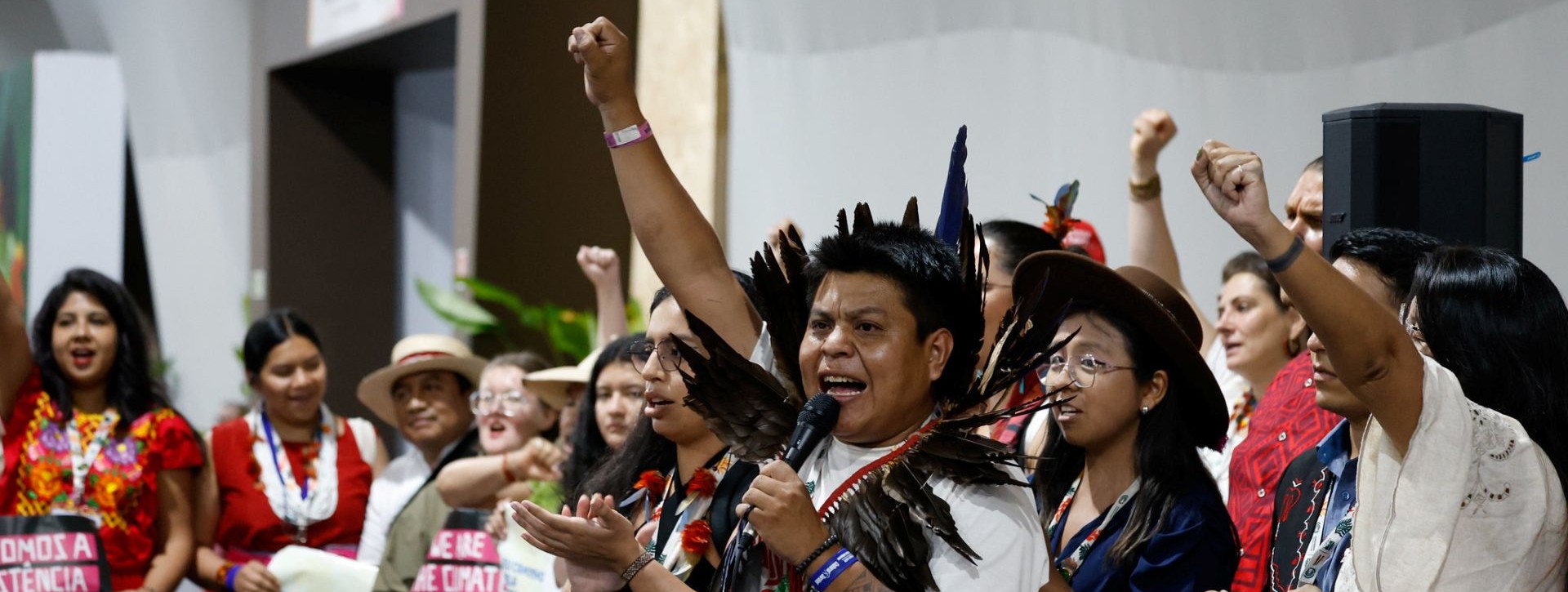
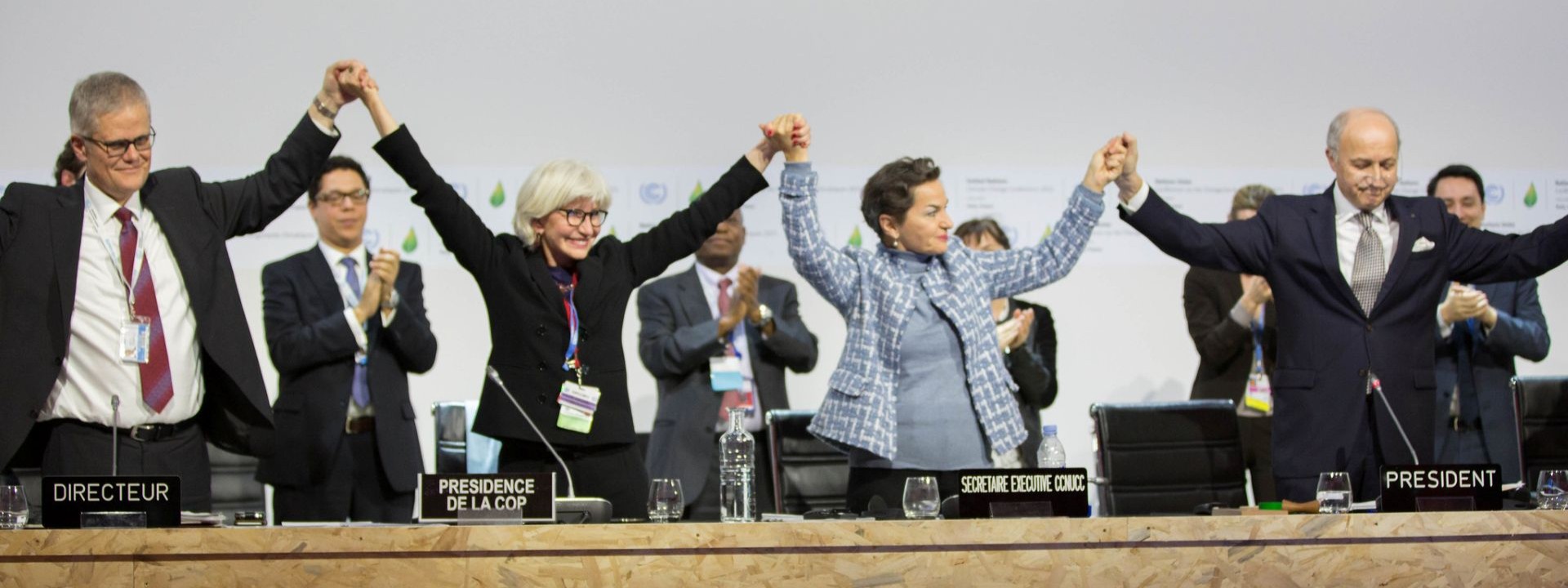
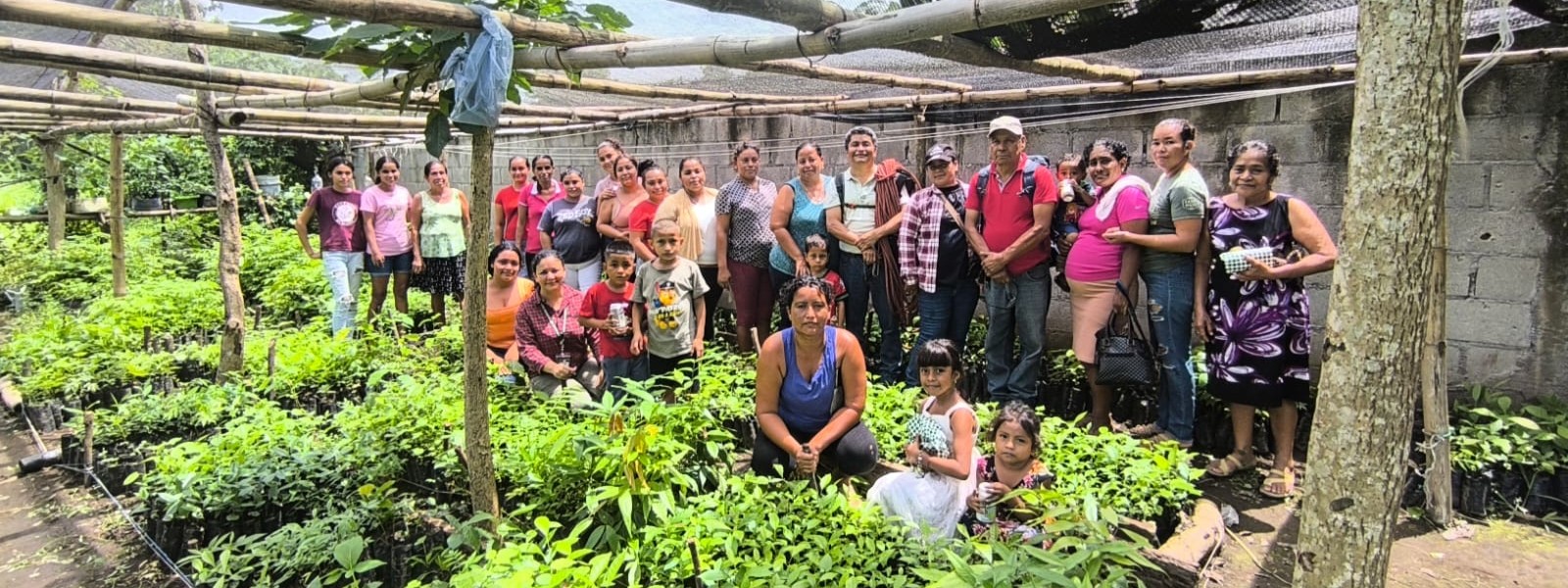
Share your thoughts with us